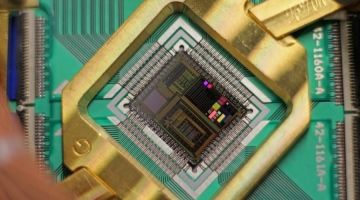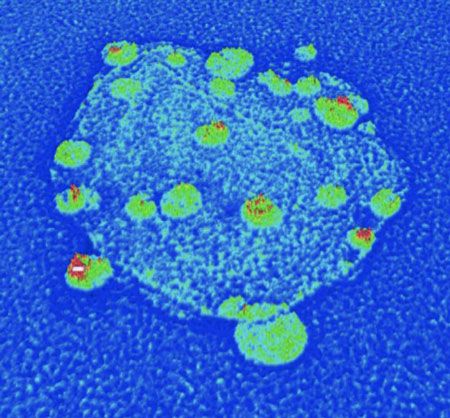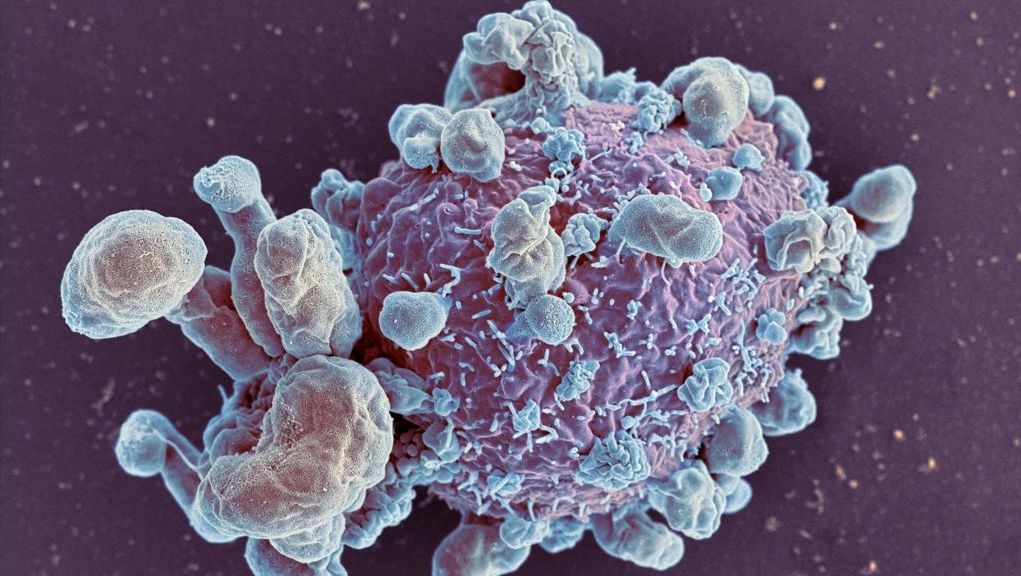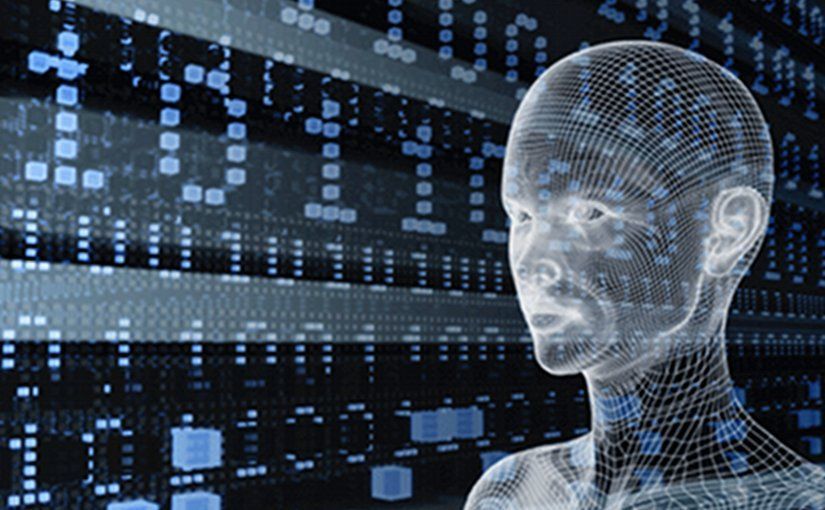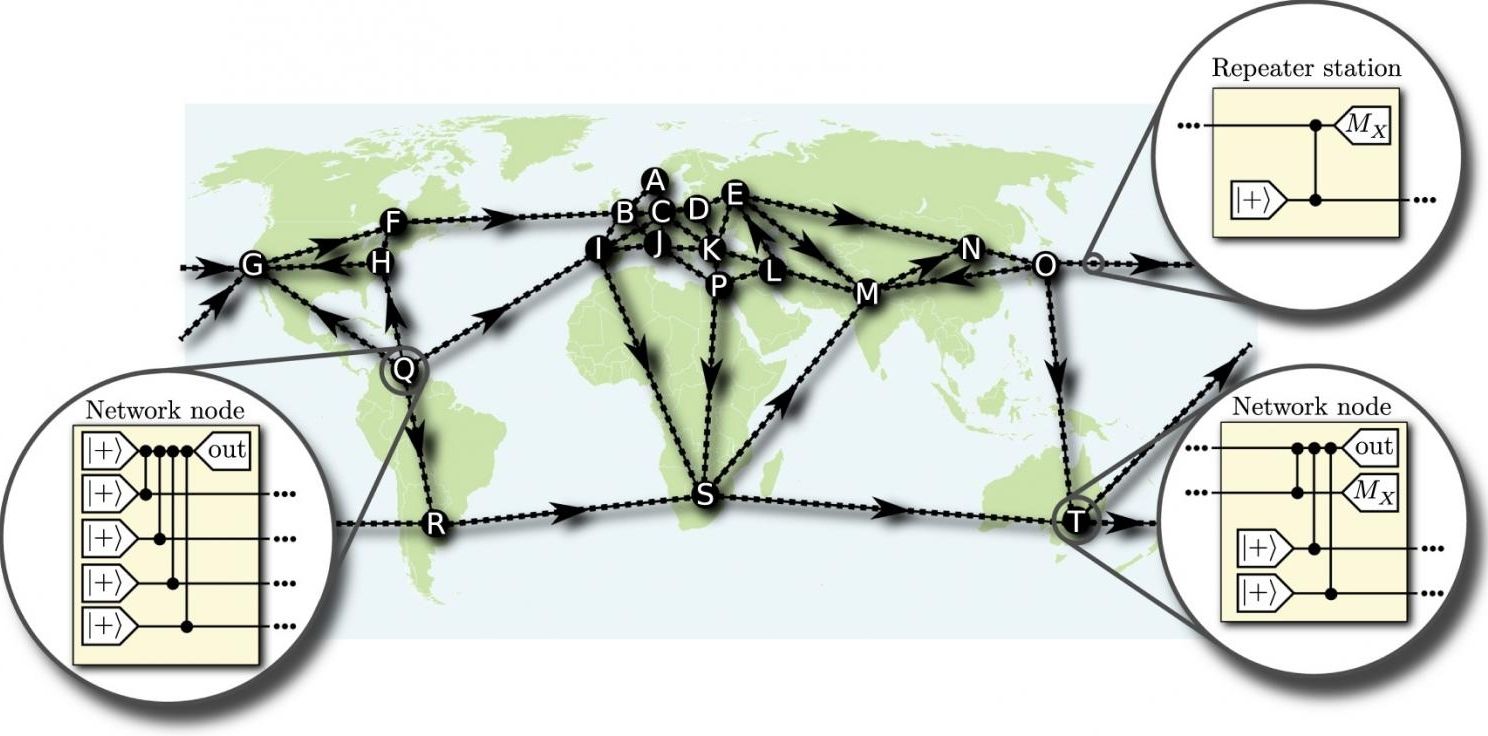Page 11069
Jun 8, 2016
Physicists hint at a mysterious new ‘particle X’ messing with our Universe
Posted by Andreas Matt in category: particle physics
For months, physicists have been quietly freaking out over tantalising evidence of a brand new particle lying outside the standard model of physics. First seen as a ’blip’ in Large Hadron Collider data, the hunt is now on to confirm its existence, which experts say would be “bigger than the [discovery of the] Higgs boson”.
And physicists have just made the case that another new particle could be waiting to be discovered, by showing that the existence of a mysterious new particle, which they’re calling ‘particle X’, could explain a significant conundrum in physics: where the heck all the missing lithium in the Universe went to.
If you haven’t heard about the case of the missing cosmic lithium, don’t worry, we weren’t across it either. But it turns out that scientists have calculated all the lithium that should have formed in the early Universe, and it’s about three times more lithium than we observe today.
Continue reading “Physicists hint at a mysterious new ‘particle X’ messing with our Universe” »
Jun 8, 2016
Pairing nanodiamonds with other nanomaterials could enable huge advances in nanotechnology
Posted by Karen Hurst in categories: 3D printing, business, computing, nanotechnology, quantum physics
Very promising. I imagine 3D Printers being able to create synthesize diamonds will be a very profitable business to get in to because of the stabilizing benefits that the nanodiamonds bring to Quantum Computing and nanotechnology in general.
Nanomaterials have the potential to improve many next-generation technologies. They promise to speed up computer chips, increase the resolution of medical imaging devices and make electronics more energy efficient. But imbuing nanomaterials with the right properties can be time consuming and costly. A new, quick and inexpensive method for constructing diamond-based hybrid nanomaterials could soon launch the field forward.
University of Maryland researchers developed a method to build diamond-based hybrid nanoparticles in large quantities from the ground up, thereby circumventing many of the problems with current methods. The technique is described in the June 8, 2016 issue of the journal Nature Communications (“Nanostructures for Coupling Nitrogen-Vacancy Centers to Metal Nanoparticles and Semiconductor Quantum Dots”).
Jun 8, 2016
Google’s New Quantum Computer May Be Best Of Both Worlds
Posted by Karen Hurst in categories: computing, quantum physics
Excellent.
Engineers at the search engine giant combine the two major quantum computing techniques.
Originally published:
Continue reading “Google’s New Quantum Computer May Be Best Of Both Worlds” »
Jun 8, 2016
Do We Really Hate Trump and Clinton So Much?
Posted by Zoltan Istvan in categories: education, employment, internet
My new Vice Motherboard article on increased social media use, trolling and what psychologically it might be doing to us:
The internet has turned us into belligerent critics.
The amount of growth Facebook has experienced in active users from 2012 to 2016 is staggering. An extra 650 million members joined worldwide in that election cycle. In the same years, Twitter—the ultimate blow-your-top-outlet-without-thinking—has grown from 340 million tweets a day to over 500 million (or 200 billion a year). In fact, many politicians and similar public personalities weren’t even on Twitter in 2012. Snapchat didn’t even exist until September of 2011.
Continue reading “Do We Really Hate Trump and Clinton So Much?” »
Jun 8, 2016
Artificial Intelligence ‘outsmarts cancer’
Posted by Karen Hurst in categories: biotech/medical, robotics/AI
Promising.
Early trial data shows a drug developed using artificial intelligence can slow the growth of cancer in clinical trials.
The data, presented at the American Society of Clinical Oncology conference, showed some tumours shrank by around a quarter.
Continue reading “Artificial Intelligence ‘outsmarts cancer’” »
Jun 8, 2016
Our Skynet Moment: Debating Morality Of AI – Analysis
Posted by Karen Hurst in categories: computing, robotics/AI, security
The rapid growth of artificial intelligence (AI) has serious implications for our future. The issues and their oversight are not just the domain of computer engineers, technologists and AI experts. Policymakers, Smart Nation experts and security officials too should come together with them to ponder implications and set out the parameters, if needed, for future research and development.
By Shashi Jayakumar(
In March this year, AlphaGo, a machine created by Google’s artificial intelligence (AI) arm, DeepMind, trounced Lee Sedol, a grandmaster at Go, the ancient Chinese game. AlphaGo used cutting-edge AI to beat a player acknowledged to be one of the greatest ever.
Continue reading “Our Skynet Moment: Debating Morality Of AI – Analysis” »
Jun 8, 2016
Four new element names to be added to the periodic table
Posted by Bruno Henrique de Souza in category: futurism
Jun 8, 2016
Worldwide quantum web may be possible with help from graphs
Posted by Karen Hurst in categories: internet, mathematics, particle physics, quantum physics, security
(Phys.org)—One of the most ambitious endeavors in quantum physics right now is to build a large-scale quantum network that could one day span the entire globe. In a new study, physicists have shown that describing quantum networks in a new way—as mathematical graphs—can help increase the distance that quantum information can be transmitted. Compared to classical networks, quantum networks have potential advantages such as better security and being faster under certain circumstances.
“A worldwide quantum network may appear quite similar to the internet—a huge number of devices connected in a way that allows the exchange of information between any of them,” coauthor Michael Epping, a physicist at the University of Waterloo in Canada, told Phys.org. “But the crucial difference is that the laws of quantum theory will be dominant for the description of that information. For example, the state of the fundamental information carrier can be a superposition of the basis states 0 and 1. By now, several advantages in comparison to classical information are known, such as prime number factorization and secret communication. However, the biggest benefit of quantum networks might well be discovered by future research in the rapidly developing field of quantum information theory.”
Quantum networks involve sending entangled particles across long distances, which is challenging because particle loss and decoherence tend to scale exponentially with the distance.
Jun 8, 2016
Why Central Banks Will Issue Digital Currency — By Adam Ludwin | Medium
Posted by Odette Bohr Dienel in categories: bitcoin, business, cryptocurrencies, governance, government
“In an obscure corner of the internet, an anonymous person or persons published a math paper — the “Bitcoin white paper” — that solved a problem that had until then stumped computer scientists: how to create digital money without any trusted parties.”
